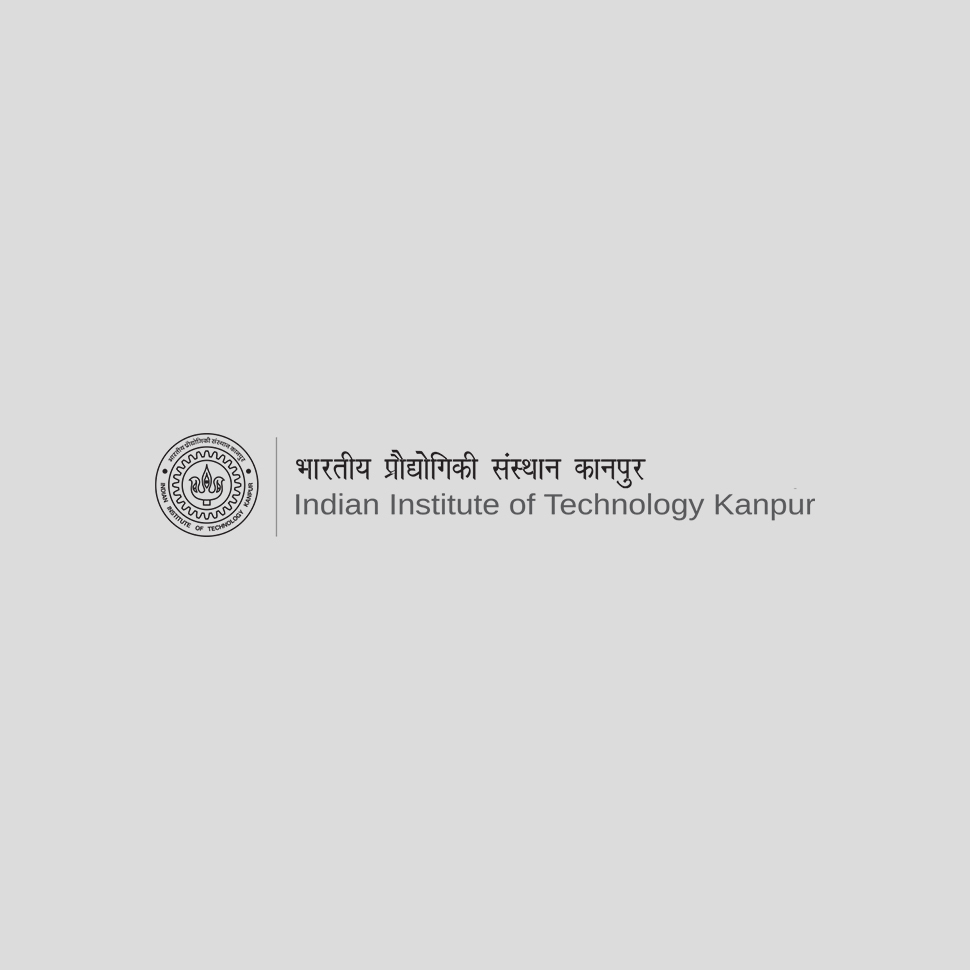
Prerequisites:
3-0-0 (9)
Course Contents
Mineral Origin of life. Archaeal, Eucarial and Bacterial domain. (3 Lectures)
Transition metal ions in biology. Metalobiomolecules. Electron carriers, oxygen carriers, enzymes. Biogeoinorganic chemistry, environment. (10 Lectures)
Specific examples: Hemoglobin, Myoglobin, Hemocyanin, Hemrythrin cytochromes, Fe-S proteins, Cytochrome P-450, Nitrophorin, NO-synthase, peroxidase, catalase, Ferritin, cytochrome-C oxidase, cerulplasmin, blue copper proteins, di and tricopper proteins. Other enzymes like, hydrogenase, methane monooxygenase, dioxygenases, dehydratase, nitrogenase, molybdenum containing oxidase and reductase class of enzymes like sulfite oxidase, xanthine oxidase, nitrate reductase, DMSO reductase, tungsten containing formate dehydrogenase and tungsten bearing hyperthermophilic and thermophilic enzymes. Zn enzymes like carbonic anhydrase, carboxypeptidase, DNA and RNA polymerases, Nickel containing F-430, role of manganese in water splitting. (15 Lectures)
Active site analogue reaction models and structural models of these enzymes. (5 Lectures)
Environmental chemistry, auto exhaust, arsenic and other heavy metal pollutions. (2 Lectures)
Forensic chemistry; inorganic chemistry in medicine, platinum complexes, Mo=S complexes as anti-cancer drugs.
(7 Lectures)
Topics
Current Course Information
Instructor(s):
Number of sections:
Tutors for each section:
Schedule for Lectures:
Schedule for Tutorial:
Schedule for Labs:
Books and References
Principles of Bioinorganic Chemistry, S. J. Lippard and J. M. Berg, University Science Books, Mill Valley, 1994.
Bioinorganic Chemistry: Inorganic Elements in the Chemistry of Life, W. Kaim and B. Schwederski, John Wiley & Sons Inc., 1994



